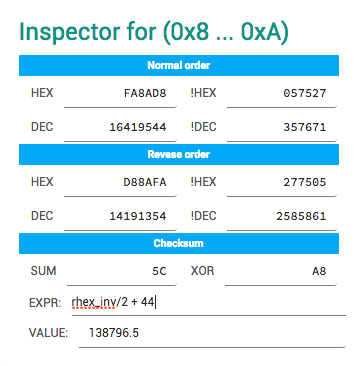

To view delimiter spaces, on the View menu, click Show Delimiter Spaces. Note: If a character cannot be displayed, it appears as a period. To view the ASCII equivalents of memory words, on the View menu, click Show ASCII Equivalents. In the Memory Initialization File or Hexadecimal (Intel-Format) File enter the memory contents, as appropriate. The default memory word size is 8 bits.Ĭlick OK to close the Number of Words & Word Size dialog box. In the Word size box, type the size of the words. In the Number of Words & Word Size dialog box, type the number of words in the Number of words box. Under Memory Files, select either Hexadecimal (Intel-Format) File or Memory Initialization File, and then click OK.

In the New dialog box, click the + icon to expand the Memory Files item. To create a Memory Initialization File or Hexadecimal (Intel-Format) File in the Quartus II Memory Editor:

Data words in the Memory Editor that contain "don't care" or "never match" bits may lose some precision of their values. The portion of the address that cannot be converted is filled with "x" symbols. A binary address with a "don't care" or "never match" bit specified cannot be fully converted. When you have a binary number, for example: 1x1u 1100, the "x" bit indicates a "don't care" value where either a "1" or "0" is allowed. Additionally, in both the Memory Editor and Text Editor, you can use "x" for "don't care" bits and "u" for "never match" bits. Within the Memory Editor, you can fill selected cells with binary, hexadecimal, octal, or decimal values edit individual cells or custom fill an address range with a repeating sequence of values from a starting point with incrementing or decrementing values. mif) or a Hexadecimal (Intel-Format) File (. The Memory Editor allows you to enter, view, and edit the memory contents for an Altera device memory block implemented in a Memory Initialization File (. Creating Hexadecimal (Intel-Format) and Memory Initialization Files


 0 kommentar(er)
0 kommentar(er)
